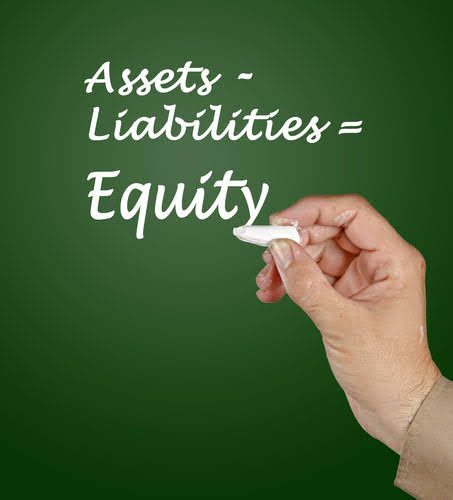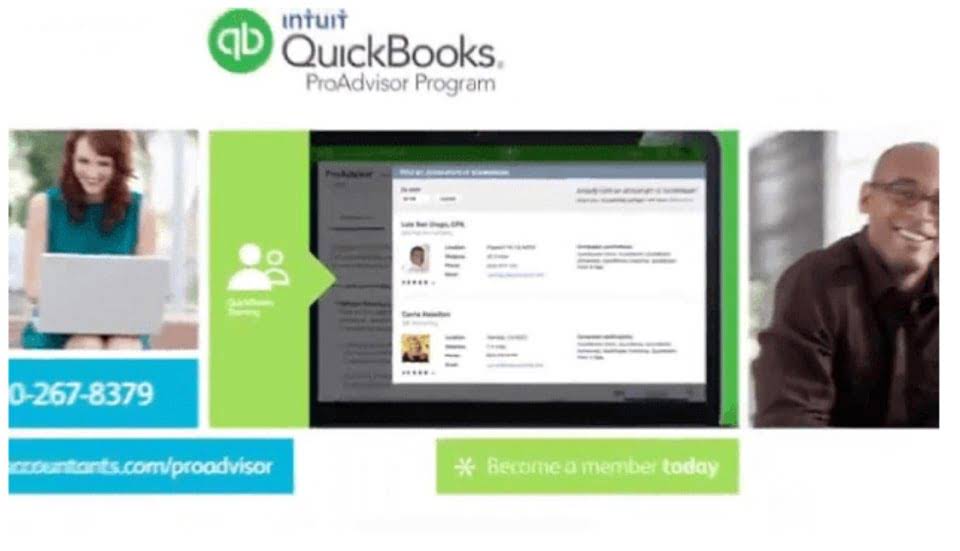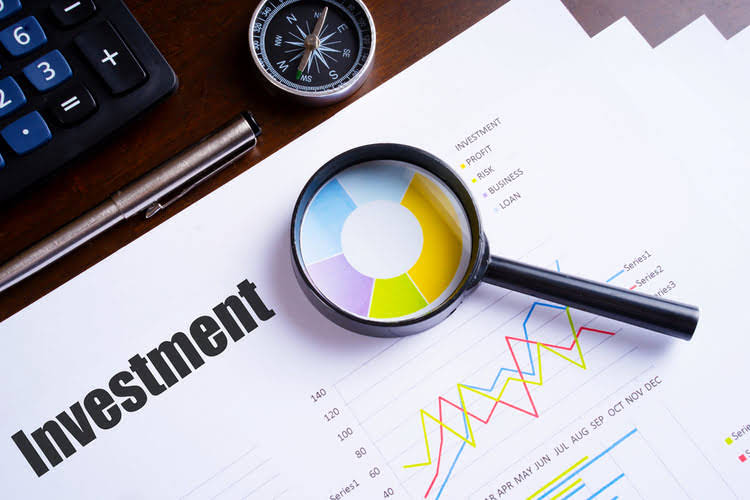
When setting prices for products or services, businesses must ensure that all costs, including period costs, are covered to maintain profitability. This necessitates a thorough analysis of both direct and indirect expenses to determine the minimum price at which a product can be sold without incurring a loss. Period costs encompass a variety of expenses that are essential for the day-to-day operations of a business but are not part of the manufacturing process.
- Therefore, the Predetermined Overhead Rate for this company is $50 per unit.
- One of the most important aspects of cost accounting is the use of various formulas that help accountants understand and manage costs.
- Some of the differences between period and product costs include the following.
- If no direct connection to revenue can be established, the costs are recognized in the period they arise.
- The Break-Even Point provides valuable insights into the business’s cost structure, pricing strategies, and sales targets, enabling informed decision-making and financial planning.
Calculating Actual Costs From Standard Costs

The Contribution Margin formula is used to determine the portion of revenue that contributes to covering fixed costs and generating profit after accounting for variable costs. The Break-Even Point formula is used to determine the level of sales or production volume at which a business neither makes a profit nor incurs a loss. It represents the point where total revenue equals total costs, including both fixed costs and variable costs. The Break-Even Point is a crucial metric for assessing the minimum level of sales or production required to cover costs and start generating a profit. It helps businesses in making pricing decisions, determining sales targets, evaluating the feasibility of period cost formula business ventures, and understanding the financial impact of changes in costs or sales volumes. COGM is used to calculate the total cost of producing goods or products during a given period.
Understanding product cost: a general overview
The Management accountant has to carefully evaluate the time cost and check whether the same will form part of an income statement. Also https://www.instagram.com/bookstime_inc termed as period expenses, time costs, capacity costs, etc these are apportioned as expenses against the revenue for the given tenure. Some examples include General administration costs, sales clerk salary, depreciation of office facilities, etc. Conversion Cost is calculated by adding the direct labor cost and the manufacturing overhead cost. Budget Variance is used to assess the financial performance and effectiveness of budgeting and planning processes. It helps identify areas of over- or under-performance, quantify the impact of deviations from the budget, and guide decision-making and corrective actions to align actual results with the budgeted targets.
Do you own a business?
This means that for every dollar of shareholders’ equity invested in the company, it generates a return of 20 cents. A higher ROE suggests better profitability and efficient use of shareholders’ equity. ROE is an important metric for investors and stakeholders in assessing the financial performance and potential returns from investing in a company.
Period Costs in Pricing Strategy

They occur consistently over a specific time period, like a month or a year, and are incurred regardless of how much or how little the business produces during that time. If you manufacture a product, these costs would include direct materials and labor along with manufacturing overhead. Most of the components of a manufactured item will be raw materials that, when received, are recorded as inventory on the balance sheet.
Examples of period expenses include vendor bills, storage for supplies or inventory not generating revenue, borrowing money to cover current costs, etc. Operating expenses are expenses related to daily operations, whereas period expenses are those costs that have been paid during the current accounting period but will benefit future periods. An example of a product cost would be the cost of raw materials used in the manufacturing process. Product costs also include Depreciation on plant, expired insurance on plant, production supervisor salaries, manufacturing supplies used, and plant maintenance. Examples of period costs include selling costs and administrative costs. One such classification involves differentiating between period and product costs.
Period Costs vs. Product Costs

Examples of product costs include the cost of raw materials used, depreciation on plant, expired insurance on plant, production supervisor salaries, manufacturing supplies used, and plant maintenance. The above points cover most differences between period and product costs. However, these costs may differ based on companies and how they treat their expenses. On top of that, accounting standards may dictate how companies treat them.

Price Variance:
However, the actual cost incurred in completing the project amounts to $550,000. The financial advisor advises them to take a loan from a recognized financial institution as they would charge a lower interest rate. It was estimated that a rate of 10% would be required to pay $5.4 million annually (simple interest rule) and which they could capitalize on in the initial year. Then in upcoming years, they need to take the interest expense to profit and loss statement. Console ltd is planning for expansion in upcoming years, and for the same, they need to purchase https://www.bookstime.com/ machinery costing $54 million.
Let’s say you’re considering hiring more staff to handle the increasing number of orders. By looking at period costs, you can evaluate the impact of such decisions on the bakery’s overall financial health. People often confuse product and period costs due to the complexity of accounting terminology and the different ways these costs are treated in financial reporting. While both cost types are important, we’ll focus on period costs here. Business owners who do their small business bookkeeping need to know period cost accounting in order to write off their business expenses correctly. There is no fixed approach to identifying the period expense in all the particulars.
